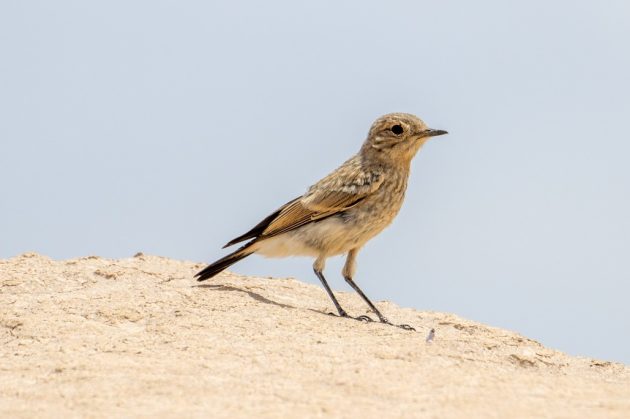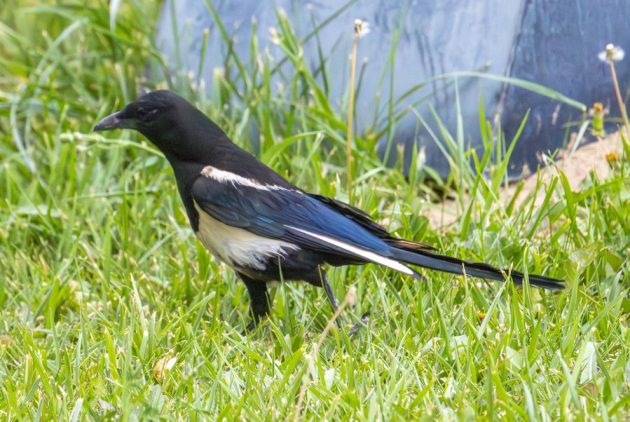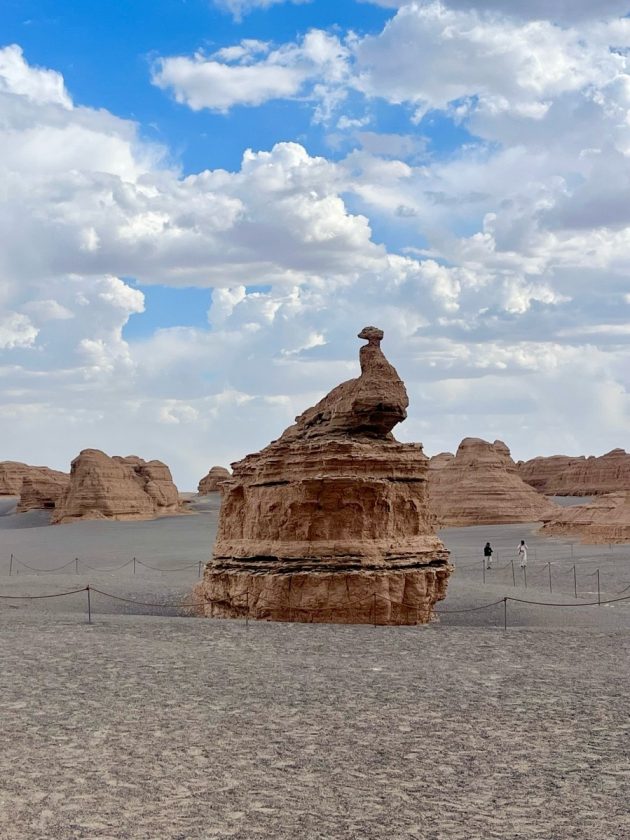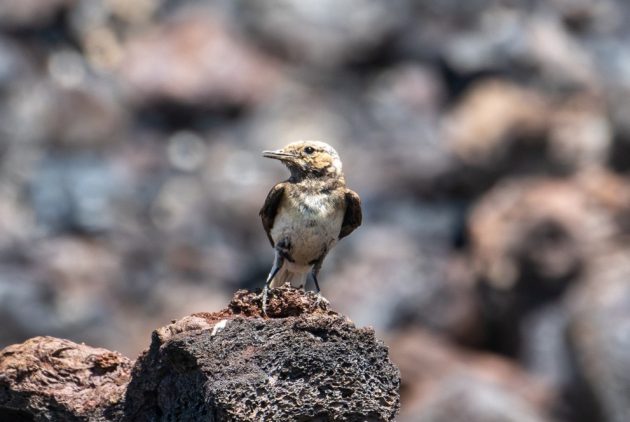PROTECT YOUR DNA WITH QUANTUM TECHNOLOGY
Orgo-Life the new way to the future Advertising by Adpathway
By Peter Hinow
Originally from Dresden, Germany, Peter Hinow is a mathematics professor at the University of Wisconsin in Milwaukee, Wisconsin, USA. One day, when left unsupervised at home, he toyed around with a 300 mm lens that his better half had bought as part of a camera package, and which had sat several years in its original box unused. It turns out, they can make distant objects appear closer!
A road trip along the Southern Silk Road in modern China typically passes through Western Gansu, particularly the city of Dunhuang with its world-famous Mogao Caves, a UNESCO World Cultural Heritage site. Somewhere between Zhangye and Jiayuguan (where one can find the western end of the Great Wall), the landscape changes from pastures and meadows to arid shrubland and finally to full-blown desert. Clearly, the bird fauna must change along with the environment, and so one now becomes truly grateful for every species that still thrives in these harsh conditions.
What is left today of Suoyang City are ruins of the former city walls and the ruins of the Buddhist Ta’er Temple. Going nowhere without my trusty Tamron 100-400 mm tube, I found a Northern Wheatear (Oenanthe oenanthe), a member of the family of Old-World flycatchers (Muscicapidae). These birds migrate between their winter quarters in sub-Saharan Africa and their breeding grounds in northern Eurasia. To some of them, such a long route is not long enough, and so they have chosen Alaska as their summer home. Vagrants are observed all the way to Baja California and the Gulf of Mexico.

Northern Wheatear (Oenanthe oenanthe), Suoyangcheng Relic Site.
In the city of Dunhuang, we also visited the Mingsha Mountain (meaning “Singing Sand”) and Crescent Moon Spring. The mountain is a truly giant heap of sand, and the ideal place for anybody’s inner child to climb up and tumble down. All throughout my trip through the interior of China, I had hoped for a Black-rumped Magpie (Pica bottanensis), but luck was not on my side. Well, you take the next best approximation, the good old Oriental Magpie (P. serica). Distinguishing between the two seems tricky to me; it comes down to the shape of the bill and the glossiness of the plumage. However, Gansu is largely also outside of the range of the Black-rumped Magpie, so I’m quite confident with this being the “usual” magpie in China. When it “sings,” it makes the wonderful sound of an old mechanical camera being pressed in rapid succession.

Oriental Magpie (Pica serica), Mingsha Mountain and Crescent Moon Spring, Gansu. This picture was shot at sundown at ISO 1600, 1/3200 s, f/7.1.
You know you are deep in the desert when you start taking pictures of Common Swifts (Apus apus), Barn Swallows (Hirundo rustica), and ultimately, the “everyday bird” of Asia, the Eurasian Tree Sparrow (Passer montanus), the species that Mao Zedong once tried to have eradicated, with predictable awful results for agriculture. Ultimately, there comes the moment when even these species disappear. For me, that happened at the Dunhuang Yardang National Geopark, about 160 kilometers northwest of the city on the border with Xinjiang province. And yet, even there I found a “bird” which has been posing there nicely … for millenia.

The “Peacock” at the Dunhuang Yardang National Geopark.
All right, I cannot end a blog post about birds with a stone formation. So, let’s turn to Inner Mongolia (the province where my wife was born). The “Inner” here refers to the Chinese historical viewpoint, with “Outer Mongolia” being today’s country of Mongolia. Some 60 kilometers north of Ulanqab is an amazing volcanic landscape that makes up the Ulanhada Volcano Geopark. One extinct volcano goes by the amusing name “Southern Alchemy Furnace”. The Pied Wheatear (Oenanthe pleschanka) thrives in this arid environment, and several perched prominently on boulders without being too skittish. A “pied” animal is generally one that shows a black-and-white pattern. In the case of the wheatear, that is prominent only in the male, which I unfortunately was unable to see. If you are curious, look up the etymology of “wheatear” on Wikipedia.

Pied Wheatear (Oenanthe pleschanka), Ulanhada Volcano Geopark, Inner Mongolia.
Written by a Guest
We welcome guest writers and invite you to share your insight and excitement about issues pertaining to wild birds and birding. If you’ve got something to share about conservation, birds, or birding, feel free to contact us about writing a post.























 English (US) ·
English (US) ·  French (CA) ·
French (CA) ·